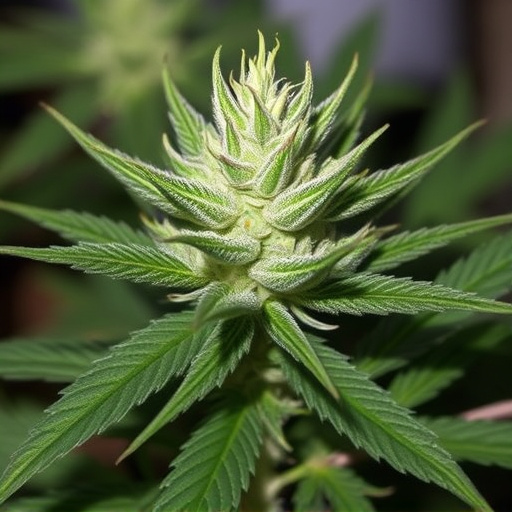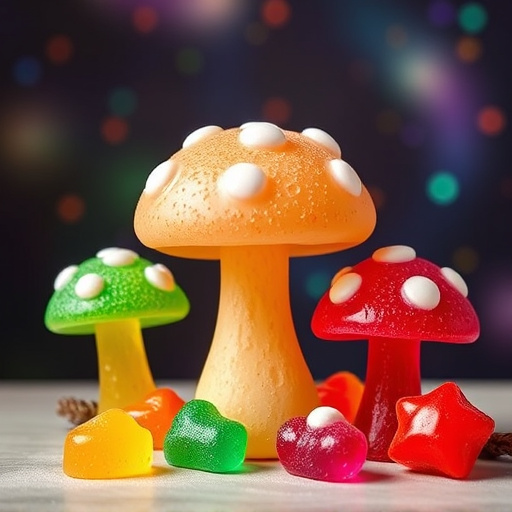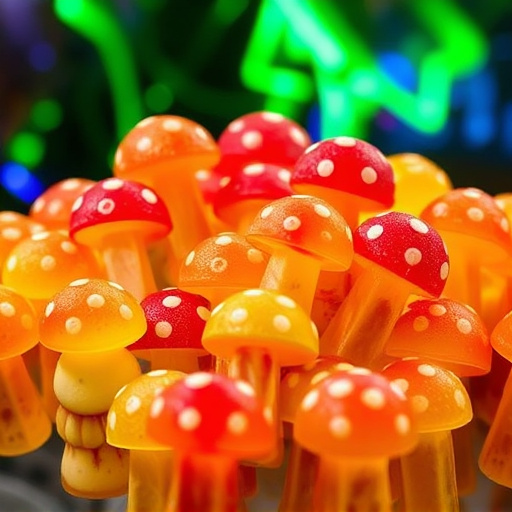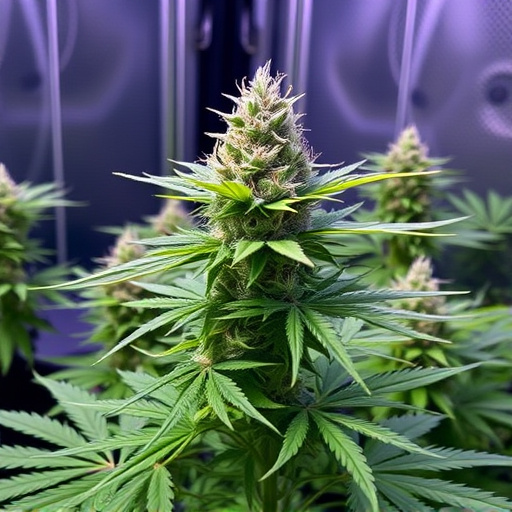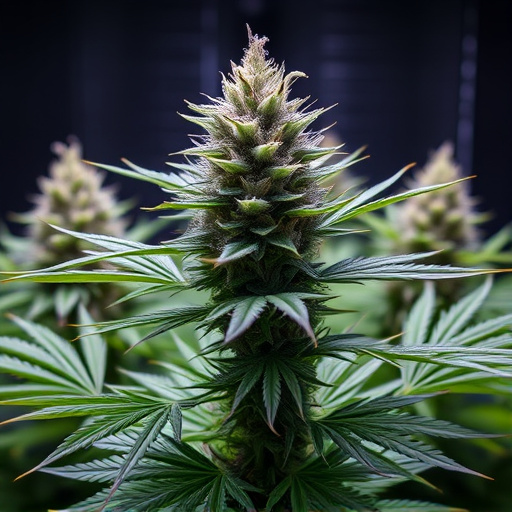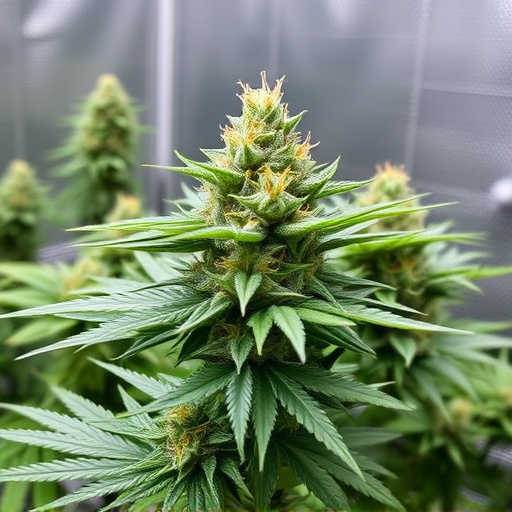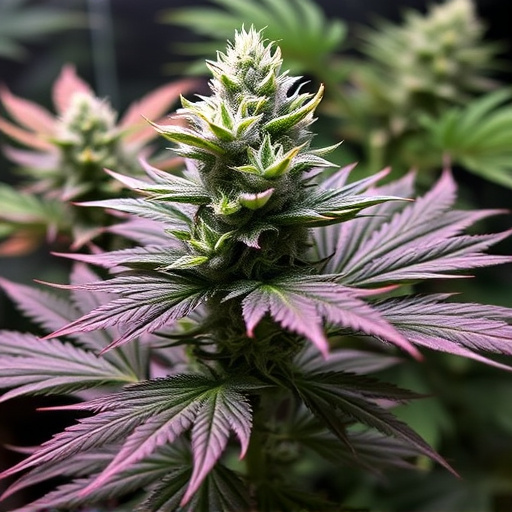The best indoor cannabis strains are selected based on their unique chemical profiles, offering diverse effects like relaxation (Indica), stimulation (Sativa), or balanced (Hybrid). Indica is compact and calming, ideal for nighttime relief from pain, anxiety, and insomnia. Sativa is uplifting and energizing, suitable for daytime use to enhance creativity. Hybrids offer a balance between both. Understanding cannabinoids THC and CBD—with CBD providing therapeutic benefits without psychoactive effects—is crucial in choosing strains for personalized medical treatment, especially for conditions like epilepsy, multiple sclerosis, and anxiety disorders.
“Unraveling the complexities of cannabis strains is a pivotal step in harnessing its therapeutic potential. This comprehensive guide explores the intricate world of Indica, Sativa, and Hybrid varieties, shedding light on their distinct effects and medical applications. We delve into the science behind key cannabinoids like THC and CBD, highlighting their roles in treating specific conditions. Whether seeking relief from anxiety, chronic pain, or insomnia, understanding suitable strains is essential. Moreover, this article provides an indoor grower’s guide to cultivating the best medical cannabis strains, offering valuable insights for discrete yet productive yields.”
- Understanding Cannabis Strains and Their Effects
- – Exploring the differences between Indica, Sativa, and Hybrid strains
- – Key cannabinoids: THC vs CBD and their medical implications
Understanding Cannabis Strains and Their Effects
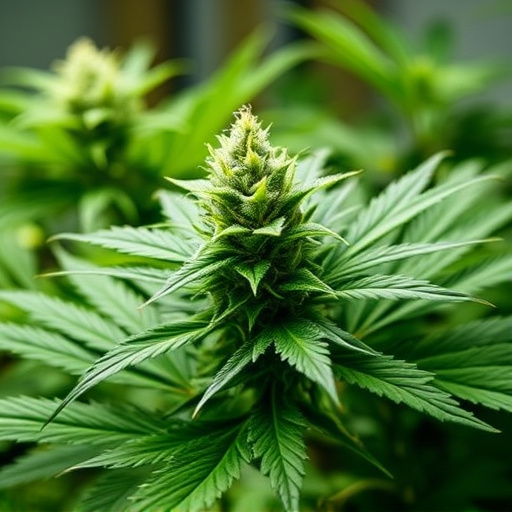
Cannabis strains vary greatly in their chemical composition and effects, with two primary types being indica and sativa. Indica strains are known for their relaxing and sedating properties, making them popular for nighttime use or conditions like anxiety and insomnia. Sativa strains, on the other hand, tend to be more uplifting and energetic, stimulating mental clarity and creativity—ideal for daytime use in managing symptoms of depression or fatigue.
When it comes to medical conditions, choosing the best indoor cannabis strains involves understanding their unique profiles. For example, high CBD (cannabidiol) content is increasingly sought after for its potential anti-inflammatory and anxiolytic effects, without the psychoactive high associated with THC (tetrahydrocannabinol). Popular options include high-CBD hemp strains as well as specific medical-grade cannabis varieties. Knowing the specific needs of the patient and consulting with healthcare professionals can help ensure that the chosen strain provides the desired therapeutic benefits.
– Exploring the differences between Indica, Sativa, and Hybrid strains
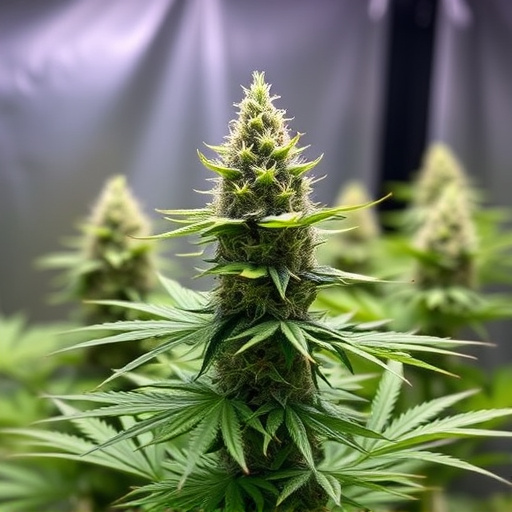
Cannabis enthusiasts often wonder about the unique properties that set Indica, Sativa, and Hybrid strains apart, especially when considering their medicinal benefits. These classifications are based on distinct genetic backgrounds and corresponding effects, making them valuable tools for consumers seeking specific treatments. Indica strains, known for their relaxing and sedative qualities, are typically best for indoor growing environments due to their compact size and ability to thrive in controlled spaces. They are popular choices for managing pain, anxiety, and insomnia, offering a calming experience that can enhance sleep quality.
On the other hand, Sativa varieties present a different profile, characterized by uplifting and energizing effects. These strains are often preferred for daytime use as they can stimulate creativity and focus while reducing stress and depression. Hybrids, being a cross between Indica and Sativa, offer the best of both worlds, providing a balanced combination of relaxing and invigorating properties. When exploring the indoor cannabis strains market, understanding these differences is crucial to selecting the most suitable option for various medical conditions, ensuring an optimal and personalized experience.
– Key cannabinoids: THC vs CBD and their medical implications
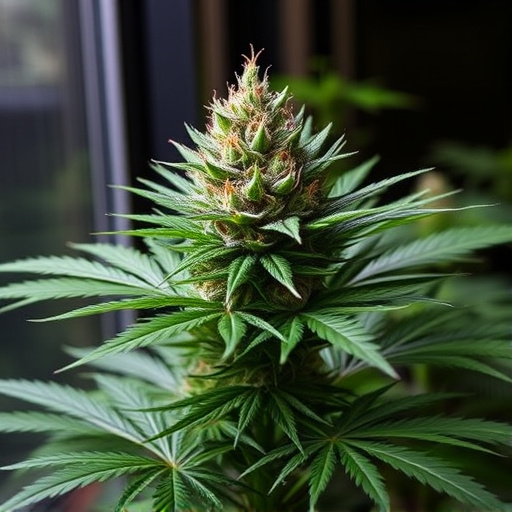
Cannabis has gained significant attention for its potential medical benefits, and understanding the key cannabinoids is crucial when selecting the best indoor cannabis strains for specific conditions. THC (Tetrahydrocannabinol) is often associated with the psychoactive effects of marijuana, evoking feelings of euphoria and relaxation. While it may help alleviate symptoms like anxiety and chronic pain, high THC levels can also induce side effects such as paranoia or increased heart rate, making it less suitable for certain medical users.
On the other hand, CBD (Cannabidiol) has gained popularity for its potential therapeutic properties without the psychoactive effects. Research suggests that CBD could be beneficial for conditions like epilepsy, multiple sclerosis, and anxiety disorders. Best indoor cannabis strains high in CBD offer a more subtle experience, focusing on relief rather than an altered state of consciousness, making them popular choices for medical patients seeking targeted symptom management.
When selecting the best indoor cannabis strains for medical conditions, understanding the unique characteristics of Indica, Sativa, and Hybrid varieties is key. Each strain offers distinct levels of THC and CBD, which can significantly impact patient experiences and therapeutic outcomes. For instance, high-CBD strains like certain Hemp varieties offer minimal psychoactive effects but potent anti-inflammatory and anxiolytic properties, making them ideal for conditions like epilepsy and chronic pain. Conversely, Indica strains with elevated THC content may provide robust muscle relaxation and sleep aids suitable for insomnia or MS symptoms. By choosing the right strain based on specific medical needs, patients can harness the potential of cannabis for improved quality of life.

